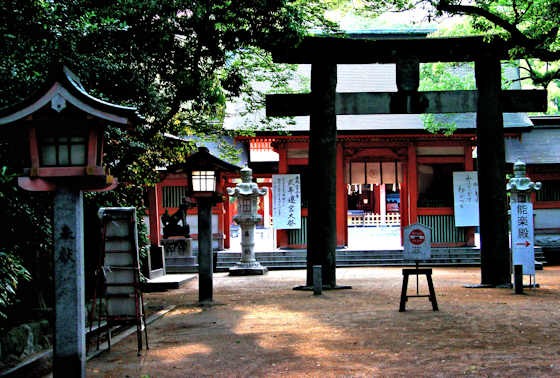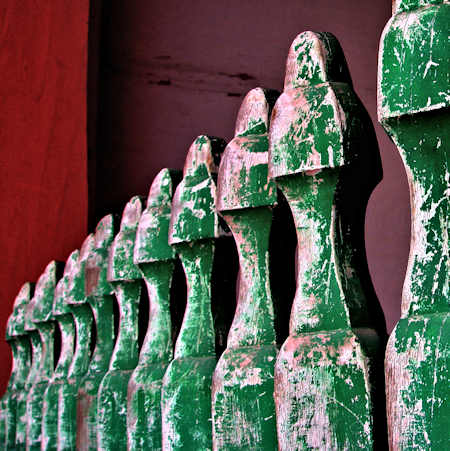Showing posts with label national treasure. Show all posts
Showing posts with label national treasure. Show all posts
Friday, August 30, 2024
The Legend & Treasures of Dojoji Temple
Labels:
dojoji,
kumano kodo,
national treasure,
nio,
saigoku,
senju kannon,
temple,
tendai
Tuesday, January 16, 2024
Matsue Castle
In 1873 the Japanese government began dismantling the vast majority of the castles in the country, and in Matsue all the former buildings were removed but the keep was spared due to local pressure. The keep has six floors, though appears from the outside to have five. Its black walls led to it being given the nickname Chidori, "plover" Castle.
Labels:
castle,
matsue,
national treasure
Sunday, February 6, 2022
Sumiyoshi Shrine Hakata
Sumiyoshi Shrine Hakata
Labels:
hakata,
jingu,
national treasure,
Shrine,
torii
Wednesday, November 11, 2020
Fuki-ji Temple the Oldest Wooden Building in Kyushu
Friday, October 23, 2020
Aoi Aso Shrine
Unfortunately, the bridge you see here was severely damaged in the devastating floods that hit this area of Kumamoto earlier in 2020. It leads to Aoi Aso Shrine in Hitoyoshi, but fortunately, the buildings of the shrine were not badly damaged.
As I mentioned in my last post on the Okyu Shrine, there seems to be a lot of thatch in this area, and if you were impressed with the Okyu Shrine gate, then the one here is much bigger. In fact, the 5 main buildings of the shrine are National Treasures, the southernmost in all Japan.
Labels:
asotsuhime,
kyushu108,
national treasure,
Shrine,
takeiwatatsu
Wednesday, June 24, 2020
Pagoda at Rurikoji
Classed as one of the Three Great Pagodas of Japan, and also a National Treasure, the Pagoda at Rurikoji Temple in Yamaguchi was built long before the temple.
Built in 1442, the 5-storey pagoda is 31.2 meters high and with rooves made of cypress bark. It was built by Ouchi Moriharu to memorialize his brother who died in the Kansai region while fighting against the Muromachi Bafuku.
The Ouchi were a major clan and held a lot of territory in western Chugoku until defeated by the Mori during the Warring States Period. Yanaguch was an oasis of "civilization" during the time of the Onin War that lay waste to kyoto.
Labels:
national treasure,
pagoda,
yamaguchi
Thursday, October 5, 2017
Usuki Stone Buddhas
Just outside the old castle town of Usuki in southern Oita are a collection of truly magnificent Buddhist stone carvings known as the Usuki Stone Buddhas.
Carved into cliff faces and overhangs about 60 different statues are grouped together into 4 different clusters. 59 of them are registered as National Treasures.
The carvings were believed to have been made almost 1,000 years ago in the 12th century and because they are carved into fairly soft rock have suffered a lot of erosion since then. They have been somewhat restored and are now protected from the weather.
Most interesting is that they were originally painted and on some of the carvings the traces of pigment are still clearly visible......
Labels:
buddhas,
national treasure,
sekibutsu,
usuki
Subscribe to:
Posts (Atom)






























































